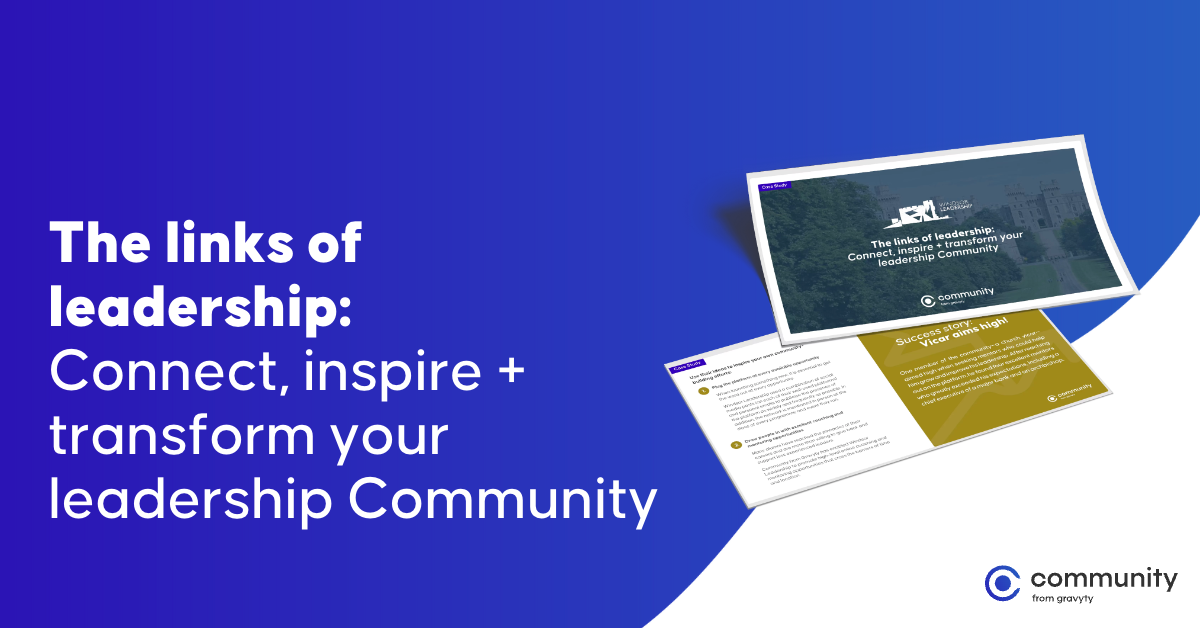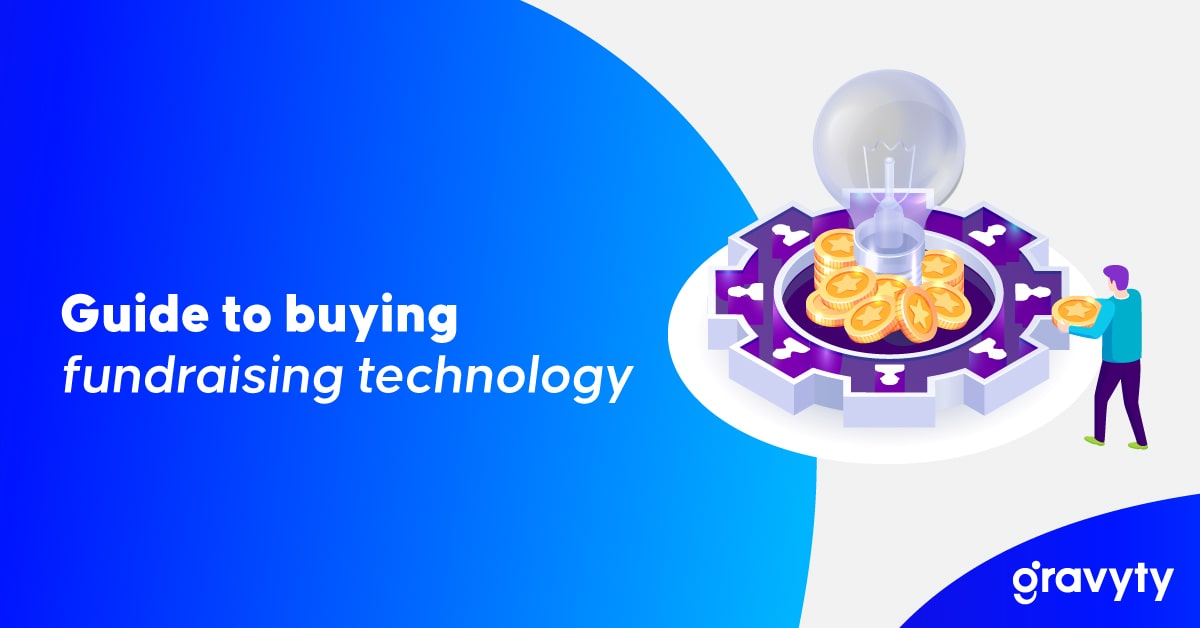The 10 best admissions software higher ed teams use to streamline admissions

College and university Admissions leaders have always had a tough job—from organizing campus visits to testing out new marketing strategies to get the word out, admissions is a high-stakes game. And today, the game has become even more competitive.
Institutions are facing more competition for fewer students, while navigating tighter budgets and higher expectations. The number of applications per student is rising, but overall enrollment remains unpredictable. And with FAFSA deadlines up in the air and a projected drop in college enrollment next year, admissions teams are under immense pressure to do more with less.
In this environment, smart, scalable admissions software is essential to hitting mission-critical enrollment targets. The right tools help teams automate the manual, personalize across multiple channels, and operate with agility without overwhelming staff in an age where students are on their phones more than engaging in an in-person discussion.
Take it from Jeff Selingo on the digital-first future of higher ed:
Jeffrey J. Selingo
Author, College Unbound
In this blog, we’ll explore the best admissions software tools for 2025, what features to look for, and how these tools are helping institutions drive results.
So, what is admissions software, anyway?
Admissions software isn’t a one-size-fits-all term; Admissions teams use an array of technology like social media scheduling tools, spreadsheets, and customer relationship management platforms to get the job done.
In short, admissions software is designed to support higher ed institutions in managing the full applicant lifecycle. From outreach to application review and enrollment, these platforms offer functionality like communication workflows, automated reminders, analytics dashboards, and peer or video engagement. The best admissions tools improve applicant experiences, empower staff, and ultimately, help institutions meet enrollment goals.
Who uses admissions software?
While the Provost or Chief Academic Officer often leads the charge when it comes to making the final decision on new technology, various roles play a part in scoping and assessing new admissions tools.
- Admissions Counselors: Use CRMs, SMS platforms, and chat tools to stay in touch with prospective students.
- Enrollment Leadership: Focus on conversion rates, yield, ROI, and data-driven decision-making.
- Marketing Teams: Use integrated tools to launch segmented campaigns and measure impact.
- IT & Operations: Ensure seamless integration with SIS, compliance, and long-term scalability.
What to look for in admissions software
Now that you understand why admissions software is critical to a thriving institution, how do you know whether a specific tool is the right fit for your team? Let’s explore the criteria that may play a role in your decision-making process.
In general, some of the best admissions tools offer wide-ranging capabilities to:
Automate outreach, reminders & communication
Admissions teams are juggling thousands of student records, follow-ups, and tasks. Automation eliminates repetitive work, reduces human error, and ensures that no prospective student falls through the cracks.
Support peer and video-based engagement
Students trust students. Platforms that enable peer-to-peer conversations and personalized video messages increase emotional connection and authenticity, both of which are key drivers of enrollment decisions.
Offer real-time dashboards and predictive analytics
Data is power, especially when recruiting in a competitive market. Dashboards and predictive models give teams a clear view of the funnel, identify where students drop off, and help forecast yield more accurately.
Provide mobile-first, user-friendly experiences
Today’s students expect seamless digital interactions on their phones, tablets and laptops. Admissions tools must be intuitive, responsive, and optimized for mobile devices to meet students where they are.
Integrate seamlessly with SIS systems
Disconnected systems create silos and frustration. Tools that integrate smoothly with SIS platforms like Ellucian, PowerSchool, or MySchool SIS ensure a consistent data flow and unified student experience.
Scale across departments and support multi-channel communication
Admissions doesn’t happen in a vacuum. Software should support collaboration across enrollment, marketing, and student services teams while offering communication across email, text, chat, and video to match student preferences.
The best admissions software is more than a CRM. It should:
- Automate outreach, reminders, and communications
- Offer real-time dashboards and predictive analytics
- Support peer and video-based engagement
- Provide mobile-first, user-friendly experiences
- Integrate cleanly with SIS systems like Ellucian, PowerSchool, or MySchool SIS
- Scale across departments and support multi-channel communication
Platforms that prioritize these not only increase efficiency but also elevate your institution’s ability to attract and convert best-fit students.
10 best admissions software tools for 2025
1. Ivy & Ocelot from Gravyty
Institutions need tools that mirror how students live and learn – online. Ivy & Ocelot combines 24/7 live, AI-powered chat, live assistance, SMS outreach, and a smart knowledge base to support applicants across the full journey. From answering FAFSA questions at midnight to nudging students about missing transcripts, Ivy & Ocelot help admissions teams connect without burnout.
Success story: Eller College of Management
With a small team and high expectations, Eller needed a scalable way to engage with thousands of prospective students personally and efficiently. Prospective students were increasingly researching programs after work hours, expecting immediate, personalized answers to their questions.
The team turned to Ivy & Ocelot from Gravyty, configuring a multilingual chatbot across all graduate program pages. Through custom chat introductions for each program and call-to-action buttons to guide to streamline navigation and surface student intent, Ivy & Ocelot has made an immediate and measurable impact:
- Improved applicant experience and reduced friction across all graduate program pages
- 2,917 chatbot interactions
- 76% of frequently asked questions resolved (above industry best practices)
- 42% of chatbot interactions happened outside of business hours
Take a virtual tour of Ivy & Ocelot from Gravyty
2. Slate by Technosolutions
Slate offers a robust, end-to-end CRM solution that covers prospect management, application review, and multi-channel communication. With customizable workflows and reporting tools, it’s a popular choice among admissions teams seeking full-funnel visibility.
3. MySchool SIS
MySchool SIS centralizes core student data and streamlines application and enrollment workflows. Its admissions features help simplify document collection, communication, and decision tracking, especially for institutions with smaller or distributed teams.
4. Gratavid from Gravyty
Gratavid makes it easy for admissions teams to send personalized videos at scale. A welcome message from a dean, a tour invite from a current student, or a post-admit congratulations video can all humanize the experience and creates an emotional connection that drives enrollment.
Nolan Oxley
Sr. Associate Director of Admissions, Miss Hall’s School
5. PowerSchool
Ideal for institutions serving K–12 and dual-enrollment populations, PowerSchool’s unified platform supports admissions, registration, and records in one place. Built-in analytics help leaders track engagement and enrollment trends across diverse populations.
6. PeerPal from Gravyty
Sometimes, the best way to showcase your school’s culture, campus and programs to prospective students is through real conversations with current students.
PeerPal gives prospective students access to real conversations with real student ambassadors – from students, staff, or parents – through a dedicated chat widget on your school’s website. Whether they want to talk about dorm life, DEI on campus, or switching majors, PeerPal connects them with peers who can provide honest, authentic insight, increasing yield and building trust.
7. EduSys School ERP
EduSys is a multi-module ERP designed for educational institutions. Its admissions tools manage everything from inquiry to enrollment, offering automated communication, lead scoring, and real-time tracking.
8. HootSuite
While not an admissions-specific tool, social media scheduler tools like HootSuite play a vital role in shaping school perception and community engagement. Admissions and marketing teams can use it to showcase student life, post virtual events, and interact with prospects on their favorite platforms.
9. Concept3D
Concept3D provides virtual campus maps and immersive tours that help students explore campus remotely. Particularly useful for international or out-of-state applicants, these tools help prospects visualize their future, boosting interest and application conversion.
10. Ellucian Banner
As part of a broader SIS ecosystem, Ellucian Banner helps admissions teams manage applicant records, automate follow-ups, and track interactions alongside financial aid and registration workflows.
How to evaluate and roll out admissions software
Once you’ve decided to implement a new admissions tool, what’s the best course of action for assessing it and adopting it throughout the institution?
Here’s a suggested playbook for rolling out new admissions software:
1. Identify pain points
Start by assessing where your admissions process is breaking down. Are you losing students between inquiry and application? Are response times lagging? Pinpointing your biggest challenges will help guide the right tool selection.
2. Define must-have features
Create a shortlist of the capabilities that matter most for your team—such as SMS automation, peer engagement, mobile access, or SIS integration. Prioritize tools that align with your enrollment strategy and team capacity.
3. Engage key stakeholders early
Include voices from Admissions, Enrollment Management, Marketing, and IT. Their input ensures a smoother evaluation process, stronger cross-campus alignment, and higher adoption rates later.
4. Request demos and pilot programs
Get hands-on with your top choices. Use pilot programs to test real-world impact; track engagement, staff time saved, or application completion rates with a small cohort.
5. Measure ROI and impact (and report on it to stakeholders)
Use data to tell the story. Whether it’s an increase in yield, reduced melt, or faster follow-ups, demonstrate how the tool supports strategic goals and reduces workload.
6. Plan for onboarding and training
Choose vendors that offer strong support and implementation resources. Plan for launch timelines, training sessions, and documentation that will help your team get up to speed quickly.
7. Roll out and share wins
Start with a phased rollout if needed, scaling across teams as you see success. As early wins emerge, communicate them across campus. Success stories create momentum and help secure further buy-in.
Get started with admissions software
The admissions landscape isn’t slowing down – or getting less complex – anytime soon. Institutions that embrace digital-first, student-centered tools are the ones that will stand out. Whether you’re exploring AI-driven engagement, personalized video, or peer-based recruitment, the best admissions software empowers your team to be more impactful at scale.
Ready to see how Ivy & Ocelot, PeerPal, and Gratavid can elevate your recruitment strategy? Let’s talk.




